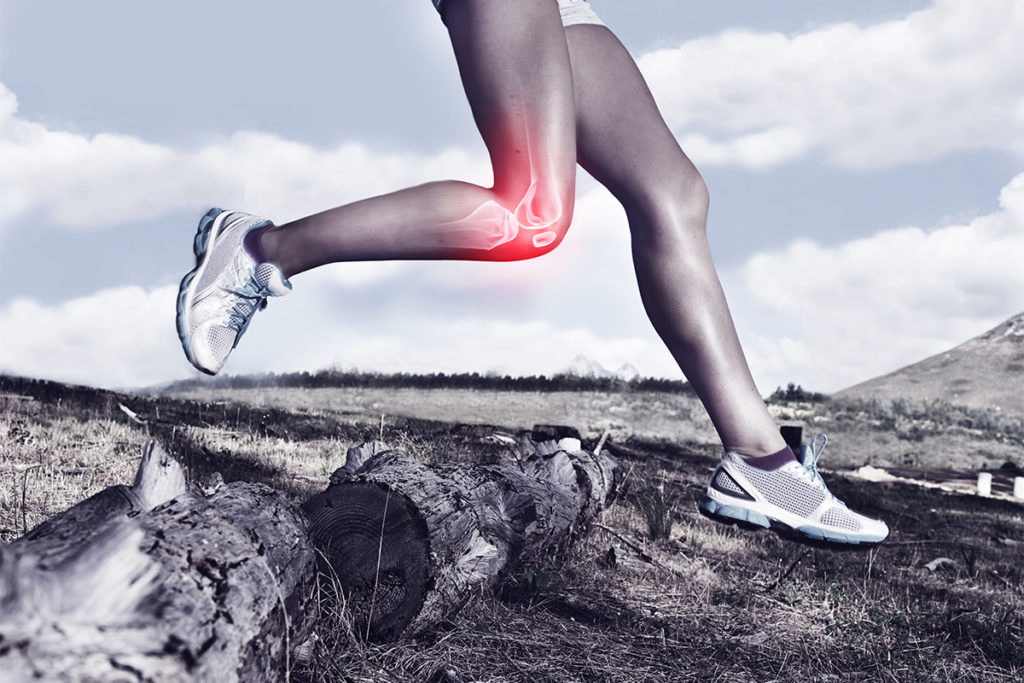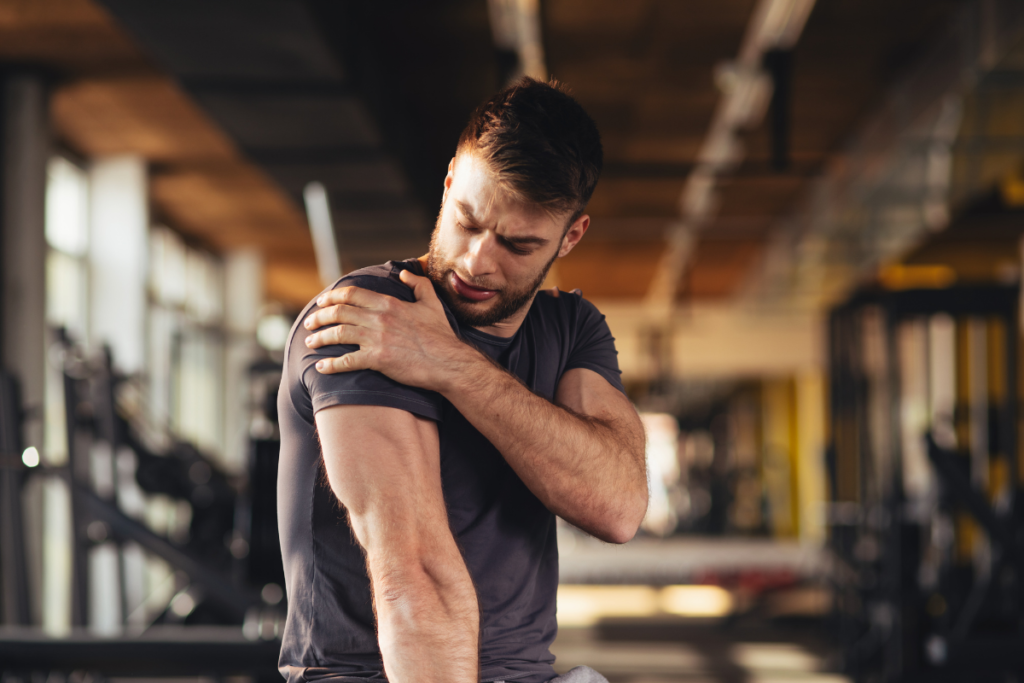Men on Mats
Welcome men to your Pilates classes by offering small-group sessions that focus on modifications.
Why do “real guys” shy away from Pilates? We interviewed a number of men in fitness facilities nationwide, and here were their responses:
“It’s for women!”
“It’s for dancers!”
“I feel too uncoordinated!”
“I injured my back!”
“I hate to stretch!”
“It’s too fast!”
Core conditioning is attractive to men, but they want to feel successful and most of them are not interested in swift, dance-based movements. While Pilates is one of the fastest-growing programs ever seen in the fitness industry, this explosion in popularity has brought with it an increased risk of low-back strain for both men and women—especially men. The Pilates repertoire of movements—though well suited to dancers—does not necessarily work for men in the general population unless ample modifications are taught. What’s more, the Pilates mat classes offered in fitness facilities are often so large that instructors find it impossible to correct all bad movement patterns. (To allow for adequate individual attention, classes are best limited to a maximum of 12 participants.)
In an effort to win men over to Pilates—especially mat-based Pilates—I developed “Men on Mats,” a small-group, “just for men” specialty program that offers a safe, functional approach to the exercises. (See “A Few Good Men: Tips on Getting Started” on page 92 for program details.)
Vive La Difference
Men are physically different from women in numerous ways. Obviously, men are built differently, but they also move differently. They are generally more muscular and less flexible than women. These factors need to be taken into account when you teach Pilates to men.
Most men who sign up for our program are extremely tight in the low back and hamstrings, owing to posture-related issues. Most obvious among these is increased thoracic kyphosis, characterized by a forward-leaning head and rounded shoulders; this issue is caused by overtraining the pectoralis and latissimus dorsi muscles and undertraining the rhomboids, lower and middle trapezius and upper erector spinae. Another common condition is “flat back,” a long flattening of the lumbar region, usually accompanied by paraspinal spasm. In many men, the hamstrings, gluteus maximus and paraspinals are all tight and weak—which contributes to low-back pain.
To assist male clients in achieving their Pilates goals, always begin with a postural assessment. Check for neutral spine, hyperkyphosis and flat back (see “Posture Points” above). If you skip this step, you increase the risk that clients will injure themselves and develop poor movement patterns.
Modifications for Men
Some popular Pilates exercises can put strain on the low back in men with typical postural imbalances. However, when modified with male bodies in mind, these exercises can be safe and helpful.
The Roll-Up is rarely performed correctly. Most students use momentum to accomplish the move—either to please their instructor or because they feel they must, even though it causes them pain. Because of core weaknesses, many clients overuse the psoas in almost all flexion exercises.
Modification: The Half Roll-Down With the Mini Ball. In place of the roll-up, have the client begin by sitting on the mat with a mini ball behind his spine. If the client has tight hamstrings, have him bend his knees. A more flexible client can extend his legs (as shown). Arms are extended in front of the client, activating the scapular plane.
Cues: Inhale to prepare, and on the exhalation slowly roll the spine, staying in a C curve, over the mini ball. Hold for a few seconds, inhale, and on the exhalation slowly return. Activate the transversus abdominis first, by drawing it in before you move, then the rectus abdominis as you start spinal flexion. Keep the scapulae open, and do not let the head lean forward.
Bridging is an excellent exercise when performed correctly; however, many students hyperextend the spine owing to lack of strength or poor understanding.
Modification: Bridging With the Mini Ball. Have the client place a mini ball between his knees. This helps stabilize the pelvis by activating the adductors, which in turn activates the pelvic floor and gives greater focus to deep muscles like the pyramidalis.
Cues: Inhale to prepare, and on the exhalation slowly peel the spine off the mat into a low bridge. Keep the spine lengthened rather than hyperextended. Focus on the hamstrings and adductors and hold a few moments in a stabilized bridge. Inhale, and on the exhalation lower the spine by articulating one vertebra at a time.
The Corkscrew can easily create low-back strain in someone with very tight hamstrings, weak abdominals and tight paraspinals. In addition, a man’s quads are generally larger than a woman’s; with gravity pulling the weight of these muscles toward the floor, this exercise becomes difficult for many men to do correctly.
Modification: The Corkscrew With the Mini Ball Have the client place the mini ball under his tailbone. This decreases the strain on the hamstrings, allowing the low-back muscles to relax. (With this modification, you may see a male client extend his legs above his hips for the first time ever!)
Cues: Inhale to prepare. On the exhalation, with legs extended, slowly circle the legs to the right, maintaining control of the core and focusing on the oblique muscles. Do not let the abdominals lift up. (If they do, it is a sign that they are getting tired and it is time to stop.) Repeat to the left, doing only as much as the core can handle.
In addition to these modifications, the following two exercises are particularly beneficial to male participants:
The Side Plank activates more core stabilizers than any other exercise. This move engages the deep transversus abdominis and oblique muscles. Have your client start on his elbow, aligned from shoulder to hip to heel.
Cues: Inhale to prepare and exhale, holding this position and breathing deeply for up to 10 seconds. Be sure to lift up and out of the shoulder. Repeat on the other side.
The Psoas Stretch, while not a Pilates exercise per se, is essential for any athletic male client, especially one who runs. Exercises and other physical activities are often performed incorrectly, causing the psoas to become short and tight owing to overwork. This stretch releases the psoas and low back. Have your client place the mini ball under his tailbone and bring the right knee toward the chest.
Cues: Slowly extend the left foot on the floor, to the point of stretch, but not pain. Hold for at least a minute, and repeat on the other side.
1. If a client cannot maintain neutral spine during a movement, decide what will make that possible. For example, you may need to place a towel under the client’s head and neck.
2. If the client is already hyperkyphotic, flexion exercises—for example, the hundred, the roll-up and many more—are only going to increase the problem.
3. If the client has a flat back without curvature, place a small towel under the middle of the spine to give him awareness of neutral spine. Again, avoid the roll-up.
4. Make sure the client does only what the core can handle. Watch for signs of poor form or loss of alignment, as these may indicate core weakness or fatigue. Stop and correct bad movement patterns rather than continuing an exercise for the sake of doing it!
1. Limit “Men on Mats” classes to 8–12 participants so that students get plenty of individual attention from the instructor.
2. Design the course to run for 5 weeks (two classes each week).
3. Have participants sign up in advance.
4. Charge according to the market and demographics in your region.
5. If possible, time the program to coincide with the preconditioning season for a specific sport. Possible titles for “Men on Mats” courses include “Pilates for the Guys,” “Improve Your Golf Game” “Get Ready for the Slopes” and “Improve Your Core Strength and Flexibility.”
Leslee Bender
Leslee Bender, 2020 IDEA Personal Trainer of the Year, has been in the fitness industry for over 30 years and produced and filmed over 100 DVDs. She is the creator of the Bender Ball® method and the director of I am Ageless Now, a progressive program that brings both a wellness and fitness approach to the active aging client. Leslee works and trains in Florida with professional athletes and clients of all levels. She recently co-authored I am Ageless Now—the Book and Program!






